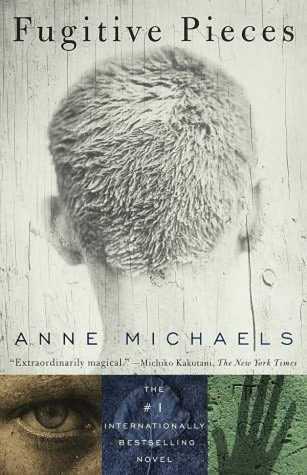
The Winter Vault
Book Description
In the shadow of monumental change, a couple navigates the devastating aftermath of loss and love amid the backdrop of a world reshaped by war and the relentless march of time. From the sweeping banks of the Nile to the granite towers of Toronto, their journey weaves through memory and desire, as the echoes of their past collide with an uncertain future. Each chapter unfolds like a haunting melody, revealing the exquisite fragility of bonds tested by fate. Can they find the strength to rebuild their lives from the ashes, or will the weight of their history suffocate their hopes for tomorrow?
Quick Book Summary
Set in the late 1950s, "The Winter Vault" follows Jean and Avery, a newlywed Canadian couple confronted by immense historical and personal upheaval. Avery, an engineer, helps relocate the Abu Simbel temples in Egypt to save them from the rising Nile waters caused by the construction of the Aswan Dam. Jean, a botanist and artist, struggles to root herself amid these changes. When the couple suffers a profound personal loss, their marriage teeters under the weight of memory and grief. Through shifting landscapes—both physical and emotional—the novel explores how displacement, memory, and love interweave. Anne Michaels crafts a deeply lyrical meditation on rebuilding: of monuments, relationships, and identities, asking if healing is possible after irrevocable change.
Summary of Key Ideas
Table of Contents
Displacement and Reconstruction
Avery and Jean, two Canadians drawn together by mutual curiosity and love for the natural world, find themselves at the crossroads of history and personal destiny. Avery’s work on the Abu Simbel relocation in Egypt symbolizes an intricate process of preservation and transformation, mirroring the couple’s own challenges. Anne Michaels intensifies the atmosphere by blending the literal movement of colossal monuments with the unstable terrain of intimate relationships, setting the tone for a narrative steeped in metaphorical resonance as much as historical detail.
The Weight of Memory and Loss
The couple’s sojourn in Egypt exposes them to displacement on a global scale—the forced movement of communities, the loss of ancestral lands, the profound consequences of monumental engineering projects. Michaels draws parallels between the physical act of relocation and the deep psychological shifts that occur in the wake of grief. Memory becomes both a sanctuary and a burden, with the past continually encroaching on their present, as both Jean and Avery contend with unresolved losses from their childhoods, war, and colonial legacies.
Love Amidst Ruins
Tragedy strikes when Jean experiences a personal loss that unmoors her from her sense of self and marital connection. As her grief deepens, the previously unassailable bonds between Jean and Avery begin to crack under pressure. Their return to Canada does not bring respite; instead, it marks a wintering—a time of dormancy, pain, but also, in the subtlest ways, possibility. In Toronto, Jean meets Lucjan, a Polish émigré and wartime survivor, whose own experiences with loss and exile echo her internal exile. Their growing friendship provides Jean with a temporary sense of solace and understanding.
Nature, Architecture, and Human Creation
Throughout the novel, Michaels explores the relationship between the natural world and human architecture, using themes of transplantation, cultivation, and construction to pose questions about what endures and what is lost in the process of change. The fragility inherent in building—be it love, identity, or monuments—emerges as a central motif. Both Jean and Avery confront the impossibility of returning to what once was, yet they search for meaning and connection amidst the ruins past decisions have left behind.
The Search for Identity and Healing
The novel culminates not in neat resolution but in the suggestion that healing is an ongoing, imperfect process. The couple is left to navigate a transformed landscape—one marked by scars and acts of restoration, both personal and collective. By weaving together characters’ lives with the fate of ancient monuments, Michaels suggests that while some losses are irretrievable, the very act of rebuilding, remembering, and loving again hints at resilience. “The Winter Vault” ultimately meditates on the enduring human ability to find hope amid devastation and the dual necessity of remembering and letting go.
Download This Summary
Get a free PDF of this summary instantly — no email required.





